Carlsen takes risks, wins
So far the modifications made to the novel format put forward by the Norwegian organizers are giving good results, as we have only seen one draw per round in the classical phase of the matchups. Granting 3 points for a win in classical compared to 1½ points granted for a win in Armageddon seems to be enough of an incentive for the players to use riskier strategies in their classical encounters.
On Wednesday, Levon Aronian and Magnus Carlsen won their games against Jan-Krzysztof Duda and Aryan Tari respectively. Duda and Tari are having a tough time in Stavanger, having lost all their games so far. While Duda made strange decisions in the openings of his first two encounters and bungled a drawn endgame in round 3, Tari had good positions against Carlsen and Caruana out of the opening, but could not make much of them against the two highest-rated players in the world.
The results of round 3 left Caruana and Aronian sharing the lead on 7 points, while Carlsen leapfrogged Firouzja and is now in sole third place a point behind the leaders. The first confrontation between world numbers one and two will take place on Thursday prior to the first rest day of the event.
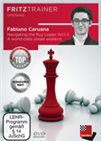 The Ruy Lopez is one of the oldest openings which continues to enjoy high popularity from club level to the absolute world top. In this video series, American super GM Fabiano Caruana, talking to IM Oliver Reeh, presents a complete repertoire for White.
The Ruy Lopez is one of the oldest openings which continues to enjoy high popularity from club level to the absolute world top. In this video series, American super GM Fabiano Caruana, talking to IM Oliver Reeh, presents a complete repertoire for White.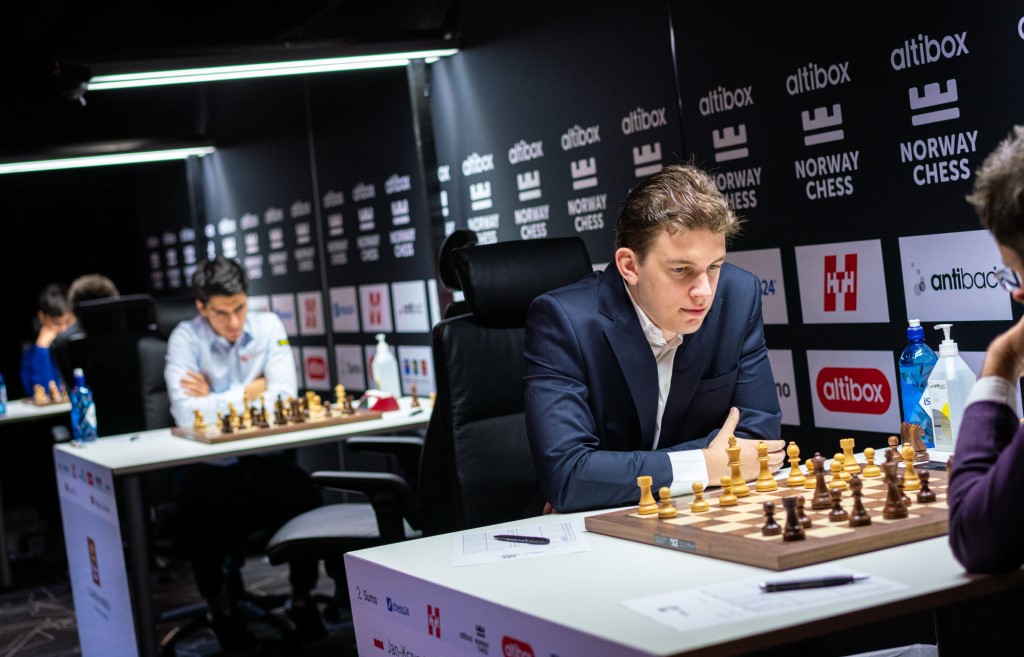
The playing hall during round 3 | Photo: Lennart Ootes
Duda 0:3 Aronian
After losing to Carlsen in Armageddon, Aronian has obtained back-to-back victories in classical chess to catch up with Caruana in the lead. Playing black against Duda, it seemed like a draw was inevitable by move 30:
As Kramnik and Aronian noted in the post-game interview, Black had a dream position in comparison to what he usually gets in a Berlin, for example. By this point, the commentators thought only Aronian could try to get something with his rooks dominating the d-file. However, the general assessment was that this would most likely end in a draw.
In the diagrammed position, Duda could have closed things off and eased his task with 30.a4, but went for 30.Kf2 instead. Aronian played ...a4 himself soon after, and saw his opponent faltering again on move 37:
 Rules of thumb are the key to everything when you are having to set the correct course in a complex endgame. In this final DVD of his series on the endgame, our endgame specialist introduces you to the most important of these rules of thumb.
Rules of thumb are the key to everything when you are having to set the correct course in a complex endgame. In this final DVD of his series on the endgame, our endgame specialist introduces you to the most important of these rules of thumb.
Polgar, Kramnik and Aronian all agreed that 37.Ra3 was too passive for White, with the alternative 37.Rb3 a better practical choice even if it led to Black losing a pawn — as rook activity is key in these endgames.
Aronian continued to put pressure on his opponent until resignation came on move 61. When Kramnik told the Armenian that this must have been an unexpected win, Aronian quipped:
My every victory is unexpected (laughs).

Co-leader Levon Aronian | Photo: Lennart Ootes
Tari 0:3 Carlsen
Out of a Richter-Rauzer Sicilian, Carlsen made a couple of risky decisions, breaking the tension in the centre on move 17:
As it usually happens in these sharp systems, even the early middlegame positions had been explored previously. Tari and Carlsen were out of book at this point though, as the younger Norwegian had spent almost 20 minutes on 17.Be2 and now Carlsen needed 18 minutes to decide on 17...d5. Curiously, only after 18.exd5 the world champion played a novelty — the sharp 18...exf5.
White got the upper hand from this point on, with Carlsen confessing:
Fisrt, when I went for this ...d5, ...f5 I thought I was worse, but that it was complicated. As the game happened, I realized I had been too optimistic and I think I was probably more or less lost. But as long as there is no forced lines, it’s not easy.
Tari was looking for a way to convert his positional edge into something more tangible when he suddenly made a highly dubious decision:
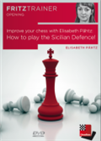 The continuous stream of new ideas in the Sicilian makes 1..c5 the most popular answer to 1.e4. On this DVD I do give an introduction to the most important Sicilian systems.
The continuous stream of new ideas in the Sicilian makes 1..c5 the most popular answer to 1.e4. On this DVD I do give an introduction to the most important Sicilian systems.
After seeing Tari’s 23.Nh5, Kramnik noted that this is the kind of move that he would never even consider, while younger players are always thinking tactically and come up with these ideas. In this case, playing according to classical principles would have been the way to go for Tari, as the strange knight manoeuvre ended up giving Black time to drum up counterplay.
The game continued 23...Nc4 24.Bxc4 bxc4 25.Qc3 Rb8 26.Rf3:
Here Carlsen played the astounding 26...Re1, as after 27.Rxe1 Bxd4 28.Qb4 Qc7 29.d6 Qc6 30.Qa5 Black gets a dream attacking position with the b-file vulnerable, an active queen and the bishop pair dominating the position. The world champion was ruthless in conversion and scored his first classical victory of the event in 45 moves.
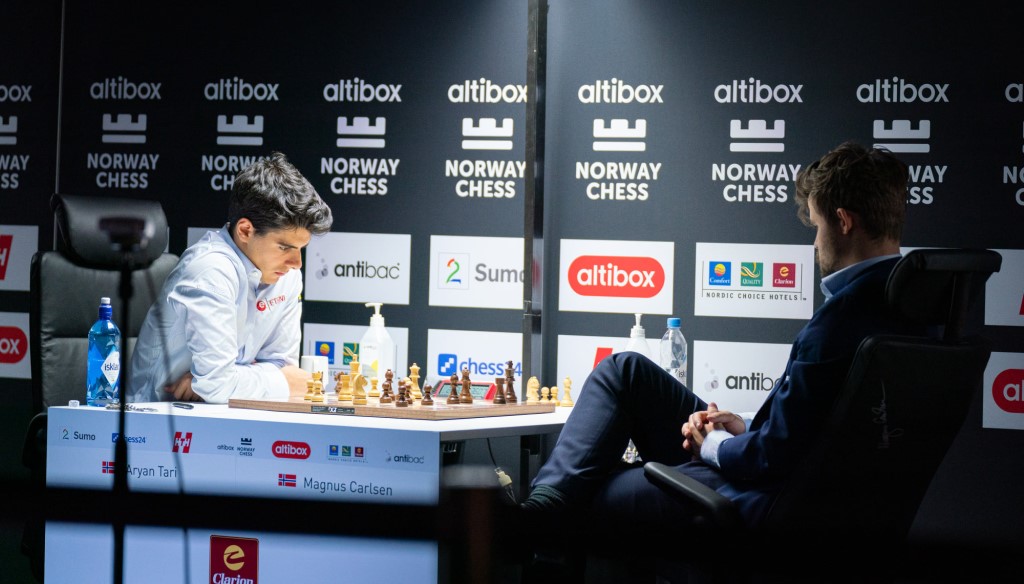
Magnus Carlsen already in control mode | Photo: Lennart Ootes
Firouzja 1½:1 Caruana
Following on the topic of young players going for tactical solutions while older competitors think in terms of principles, the discussion between Firouzja and Kramnik regarding the youngster’s 17th move was very illustrative:
While acknowledging that Firouzja’s 17.Ra3 was not a mistake, Kramnik was more drawn to stabilizing the position here with 17.c3.
As the game progressed, Caruana got a slight edge in the middlegame, but gave it up by playing the forceful 22...Bg4, which led to a tactical sequence that allowed White to keep things under control. The well-fought game finished in a draw by repetition on move 36.
Carlsen joined the commentary team in a critical juncture of the Armageddon decider:
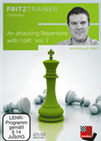 In this detailed “two-part” video series I take a look at a main line White system based on 1.d4. This series is aimed at the ambitious player who is looking to put maximum pressure on their opponent from the start of the game.
In this detailed “two-part” video series I take a look at a main line White system based on 1.d4. This series is aimed at the ambitious player who is looking to put maximum pressure on their opponent from the start of the game.
The engines give Black a considerable edge if he plays 26...d4, but that is a move that needs deep calculation to back it up, so Caruana went for 26...Bc5. Noting how sharp the position was at that point, Carlsen predicted:
I would bet on Alireza here. [...] Fabiano is gonna get tricked, he’s gonna get tricked to the moon here.
And the world champion was right. Caruana soon lost the thread, and Firouzja converted his advantage into a 73-move win, despite getting to under 10 seconds on his clock at some point in the game. He learned from his round-2 loss and did not let his time run out for a second day in a row!

Alireza Firouzja played back-to-back Armageddon deciders against Carlsen and Caruana | Photo: Lennart Ootes
Standings after Round 3
1-2. Aronian, Caruana 7
3. Carlsen 6
4. Firouzja 5.5
5-6. Duda, Tari 0
Round 4 pairings
Magnus Carlsen – Fabiano Caruana
Levon Aronian – Alireza Firouzja
Aryan Tari – Jan-Krzysztof Duda
Links



























